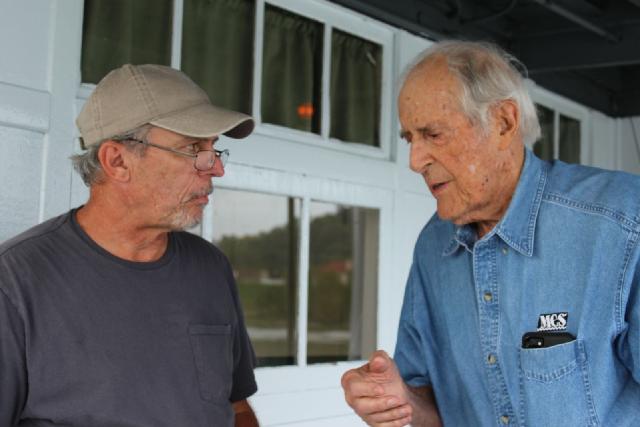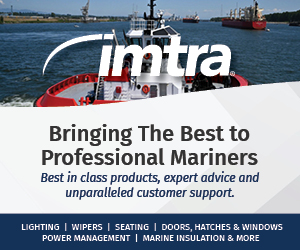When it comes to towboats and other watercraft, most crewmembers learn through any hands-on experience that comes their way. Tom Craig is one such engineer. It was by chance that he began working in the marine industry, but it soon became a career. He spent eight years with Arkansas River Company, 12 years with Inland Marine Service and, finally, 20 years with Amherst Madison. He described his start as unintentional but said he has no regrets.
“I was just looking for a job, and a neighbor was an engineer for Midland Enterprises, and he hooked me up with Arkansas River Company,” Craig said. “They happened to have a boat that was there on the upper Ohio River pushing coal. I called them up, and they needed deckhands, and that’s how I started. It was a fluke thing, really.”
It was during his time as an oiler/wiper with Arkansas River Company that Craig developed a love for the engineroom. With the support of his chief engineer, Craig would spend his off hours studying and learning about the boat’s propulsion system and engine.
“I have a mechanical aptitude, and I was just fascinated with how the propulsion works for these towboats,” he said. “I kept learning and learning. He would just let me go in [the engineroom] when I was off duty, and I would just read and learn.”
After scouring through manuals and documents, Craig eventually learned enough to be able to assist the engineers. He became especially knowledgeable about Fairbanks engines. Eight years later, Craig took a job with Inland Marine Service, working on propulsion systems. Craig said it was his initiative and deep, self-taught knowledge of the engine that later landed him an immediate position with Amherst Madison after 12 years with Inland Marine Service.
“I saw an article in The Waterways Journal saying that Midland Enterprise was selling some of their boats that had Fairbanks engines to Amherst,” Craig said. “I was really familiar with them, and I wanted to get involved in that. I was there for 20 years and retired from there.”
Craig primarily worked with EMD and Fairbanks engines, but also with Cummins and Caterpillar engines. When asked about his favorite engine to work with, he said Fairbanks engines were his top choice.
“They were a lot of work, but I liked them a lot,” Craig said. “I liked both engines [EMD and Fairbanks]. They both have their different troubles, and when you run into trouble, the EMD engines are a lot easier to work with. Fairbanks was a little more complicated because it didn’t have any heads. It had two crank shafts, and the pistons opposed each other. That’s how you had your compression chamber. That’s the aspect of the engine that intrigued me.”
Though Craig is familiar with electric engines, mechanical engines are his area of expertise.
“I learned from old-school engineers,” Craig said. “I’m talking engineers that were 60 years old in 1984. There’s not a lot of boats out there now with Fairbanks engines.”
Craig recently retired from Amherst Madison after 20 years there and more than 40 years in the industry. He now assists Amherst Madison in training new engineers, riding the boats with them and passing down the knowledge he gained after decades of dedication and hard work.




